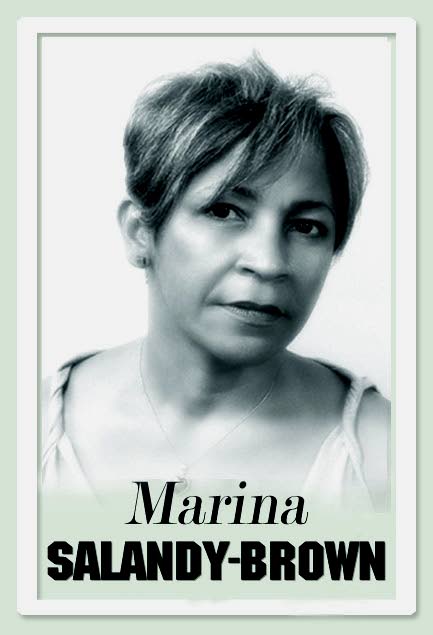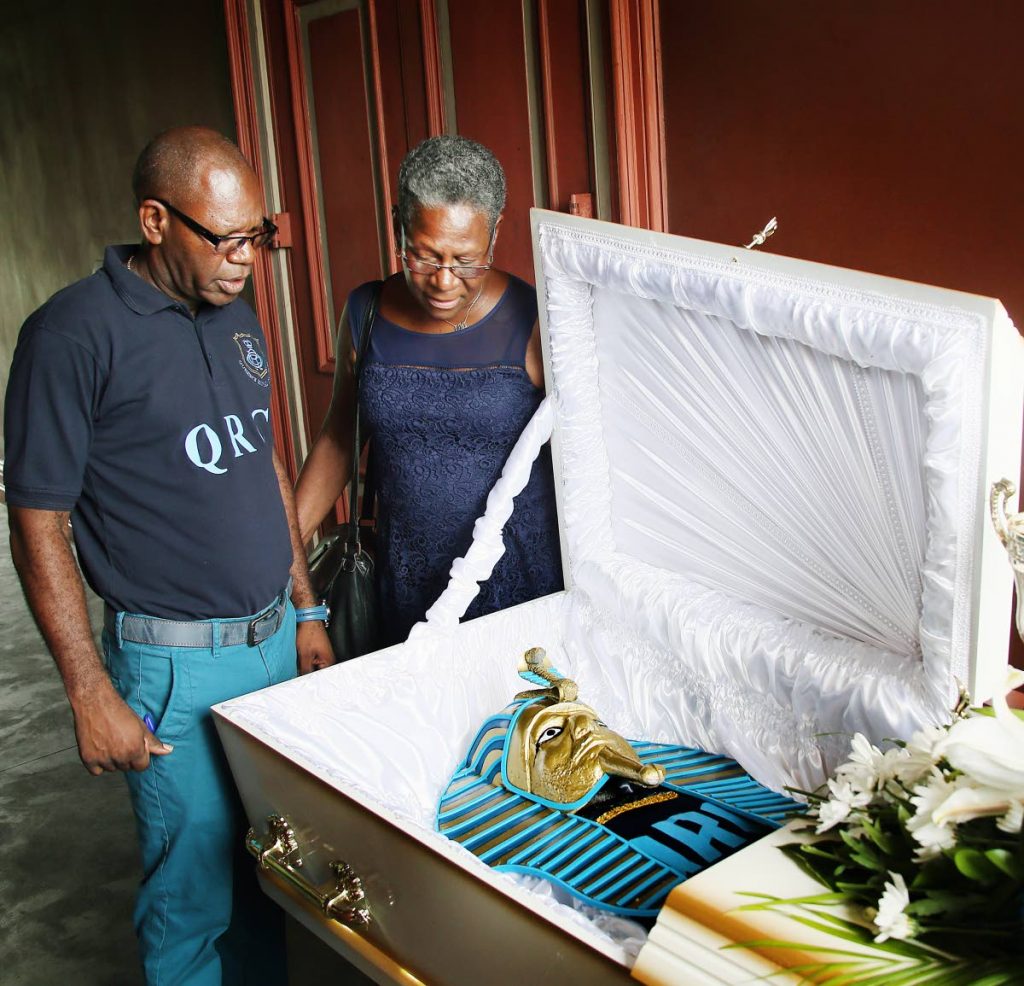The making of history

I could have named this column “What’s in a Teacher” instead since they are both part of the same thing. On Tuesday, I attended the send-off of perhaps my most important teacher, the historian Rudy Piggott. Asked to say something about him, without hesitation I could tell it in a nutshell: He taught me how to think.
The courtyard at QRC was packed with people he taught who probably would give him similar credit. For all of us he was a great influencer, unforgettable as the person who helped to develop our critical and analytical skills at an age when we were hungry to learn about the world and the people in it. I remember the anticipation of his classes and the fear too, for in them we realised the depth of our ignorance. Aged just 16, I had my first encounter with Mr Piggott in a General Studies Advanced level class. He strode in and wrote on the big black board, “Man is a social animal. Discuss.” He then left us alone to write an essay. Few, if any, of us had heard of Karl Marx, as the Cold War was still hot and our education till then had excluded the dialectic of Communism versus Capitalism. There followed an exposé and class discussion on the subject with reference to the evidence in our orbit.

The following week, he abandoned us for yet another period with the challenge of writing an essay on “Which is mightier, the pen or the sword.” He never collected those essays because what we wrote did not matter at that stage. It was the discussion and the presentation of the evidence on either side that got us to our points of view. He taught us not to accept what appears on the surface of things, to beware of what the Arabs call “empty words.”
Another former student of Rudy Piggott told me he reinforced what she had been taught by a visiting English historian while at secondary school here – governments, rulers and people always act in their self interest and history is the story of economic, political and social interests. To a young person, this framing of the world and of thought in such a wide dimension was an act of pure education. Students were urged to track this pattern of human behaviour not only in the past but the present, and so they left school with more then a history exam pass. They also had a life philosophy and they could reason and critique. All my own studies and work thereafter, whatever the subject, were never purely linear, rather similarly contextual. It may be the same for many of my contemporaries.
It is more than a huge shame that history has nearly always been taught as a mere memorisation and retelling exercise. Fortunately, that cannot continue now that modern technology has plunged us into this daunting new millennium. Students are armed with knowledge gleaned from the internet and teachers have to do what digital learning cannot do, that is, infuse that learning with personal experience. They must find ways to make history relevant to today and to people’s lives, as Rudy Piggott did all his life, presenting world events as a series of ideas in which dates are almost coincidental.
I believe that the literary elements of teaching history are a valuable tool in this. The work of VS Naipaul is a simple example. Take any one of his texts, fiction or non-fiction and history students would learn a lot about current national and world affairs. Naipaul foresaw the rise of Islamic extremism in his Among the Believers, for example. Arnold Rampersad is another Trinidadian writer who makes history appealing by taking it where a list of dates cannot reach. The popular and insightful biographies of the now-retired Stanford University professor (emeritus) made him a Pulitzer Prize finalist and recipient of a National Humanities medal from President Obama.
Any student of American history should be compelled to read his outstanding biography of Ralph Ellison, famed author of the literary masterpiece The Invisible Man. Rampersad’s biography takes the reader through the 20th century history of the US and into the belly of African-American life, from rural poverty to the heights of fame and recognition, via Ellison’s life and interactions with a range of American institutions, which we could not ordinarily access to, to see where power lies and how it is used.
Enlightened teaching can prompt enquiry, encourage critical reading, instruct how to reference appropriate sources and use evidence to support arguments, but first we must engage the human mind and interest, and that Rudy Piggott did par excellence.


Comments
"The making of history"